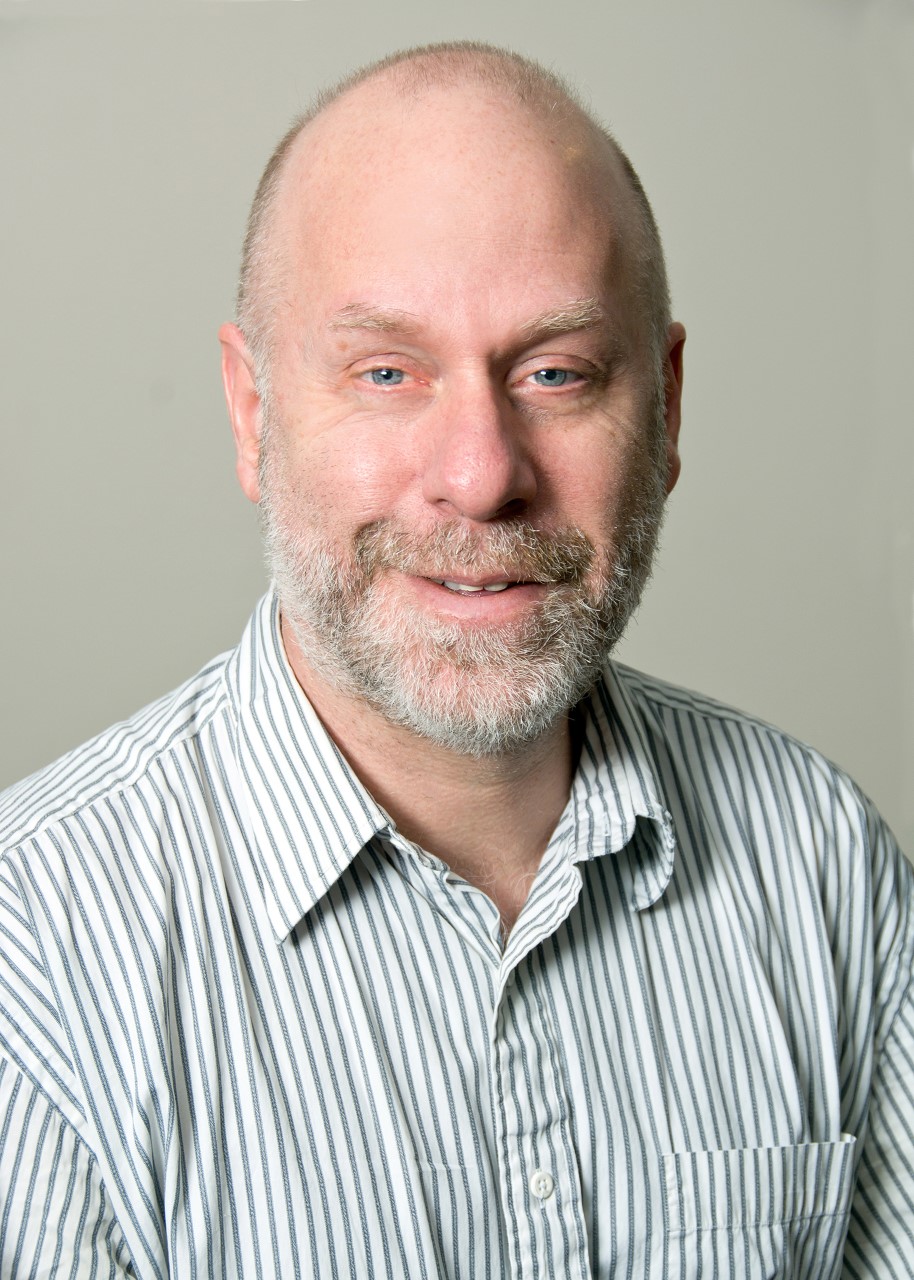PHILADELPHIA (May 10, 2022)—In a study published today in the prestigious journal Cancer Research, Fox Chase Cancer Center researchers analyzed over 700 experimentally determined structures of the high-priority cancer targets KRAS, NRAS, and HRAS to facilitate drug discovery for these proteins.
Mutations in KRAS, NRAS, and HRAS—collectively called RAS—are the most common alterations seen in human cancers and tumor-associated diseases. When mutated, RAS proteins continuously tell a cell to divide, thus spurring further cancer growth. RAS has been a largely unsuccessful target for the pharmaceutical industry for decades.
“While all published RAS structures have been made publicly available through the Protein Data Bank, this structural dataset has not been leveraged in a comprehensive way to improve our understanding of RAS conformations and mutations and to inform RAS drug discovery,” said Roland Dunbrack, PhD, senior author on the study and a professor in the Molecular Therapeutics research program at Fox Chase.
The paper titled, “Delineating the RAS Conformational Landscape” will appear in Cancer Research, a journal of the American Association for Cancer Research.

The work was performed primarily by lead author Mitchell Parker, who is studying with Fox Chase researchers as part of the Drexel University College of Medicine MD/PhD Dual Degree program.
The study was also co-authored by Erica Golemis, PhD, Associate Director for System Integration at Fox Chase and chair of the Department of Cancer Biology at the Lewis Katz School of Medicine at Temple Health, and Joshua Meyer, MD, vice chair of translational research in the Department of Radiation Oncology at Fox Chase.
“We analyzed all 721 available human KRAS, NRAS, and HRAS structures in the Protein Data Bank to define a more comprehensive classification of active, inactive, and druggable RAS conformations and identify the structural consequence of common mutations,” the researchers wrote in the study.
They first classified RAS conformations based on their catalytic switch loops, called switch 1 (SW1) and switch 2 (SW2). These loops function to connect other pieces of well-defined secondary structures. The researchers identified three SW1 conformations and nine SW2 conformations.
Dunbrack said these loops in RAS are highly variable in structure, particularly the SW2 loop. The researchers then studied the small molecules and protein binding partners in the structures to associate the structural state with specific functions of RAS.
“Imagine holding a piece of string on each end with your thumbs. You keep your thumbs in the same place but if you keep shaking the string, every time you shake it the string will have a different path between your thumbs. Each of those paths is a different conformation of this loop,” said Dunbrack.
He said this information is significant because it was previously believed that these loops did not allow for the formation of a “pocket” for a drug to bind to.
“It used to be that designing direct RAS inhibitors was sort of like trying to hit a small and moving target with your eyes closed. In this work, we created the first comprehensive catalogue of potentially druggable RAS conformations, which we hope will guide therapeutic targeting of these proteins,” Parker said.
“We found that drugs bind to specific forms of the SW1 and SW2 loops,” said Dunbrack. “The useful thing to us was that there are conformations of those loops that appear able to bind drugs. They create these pockets that a drug can bind to, but we find those structures with and without drugs. This is important because it appears to be a normal state of RAS, which could make it easier to bind a drug. It’s not being forced into a form.”
After analyzing these different states and how they bind, Parker created a website where researchers can make queries about mutations. The specific structures can then be downloaded in a molecular viewer, allowing other researchers to study them. This can be done using their web resource, which is called Rascore. Dunbrack said it is the first publicly available online RAS structural database.
“What we hope is that people who are developing RAS drugs, if they work on one of the existing drugs, they can look at the whole set of structures. Right now, maybe the structure of one of their drugs is in the Protein Data Bank. They can now look up the other 20 structures that have a loop that is in exactly the same conformation,” said Dunbrack.